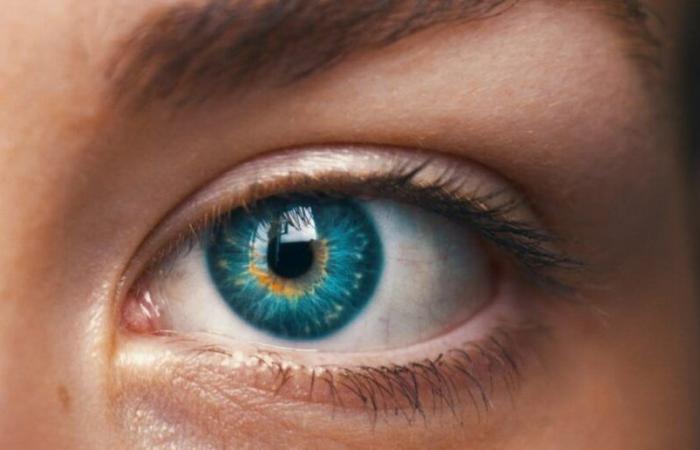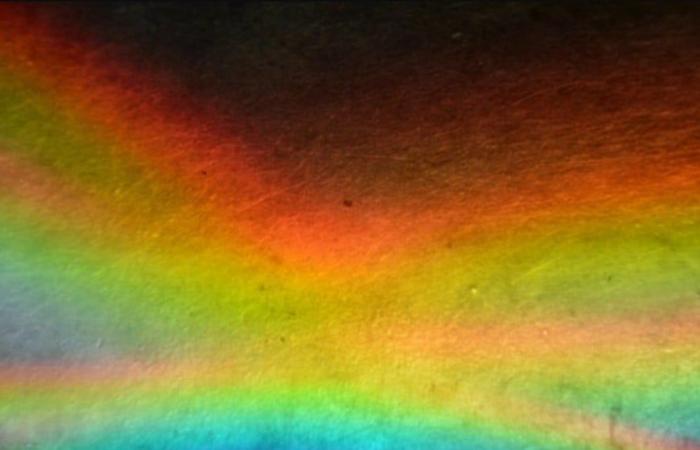A team of researchers from the University of California in Berkeley has caused a stir with the announcement of what they call a “New color” that does not exist in nature as we usually perceive it.
This tone, baptized as “olo” and described as a “greenish blue of an unprecedented saturation”it has been observed by just five people around the world thanks to an innovative technique that allows to see beyond the range of natural chromatic perception of the human being.
Oz Vision System: Laser technology and chromatic perception
The system that has made this discovery possible is called “Oz”, specifically “Oz Vision System”in a Wink to the iconic green glasses used by the inhabitants of the Esmeralda city in the Wizard of Oz.
This innovative technique, recently published in the journal Science Advances, uses highly specialized lasers that manage to selectively stimulate the photoreceptors of the human eye.
“We prejudiced from the beginning that would seem like an unprecedented chromatic signal, but we didn’t know what the brain would do with it,” Ren NG, Berkeley’s electrical engineer and one of those who has experienced the color.
“He left us speechless. It’s incredibly saturated,” he added during an interview with the BBC radio today of the BBC, according to The Independent.
To give an idea of its intensity, NG compared it to see “the most intense baby pink you have ever seen” after a life watching only soft rose tones.
What is ‘Olo’?
The OZ system works in a revolutionary way: instead of using the traditional colored mixing method, it precisely controls the spatial distribution of light in the retina by laser microdosis.
According to the results published in the study, participants systematically described OLO saturation with a 4 out of 4, compared to an average of 2.9 for almost monochromatic colors of the same hue.
The name “Olo” is not accidental: it represents the binary code 010, indicating that, among the three types of photoreceptors of the eye (the long wavelength (l), medium (m) and short (s)), only the cones m, responsible for capturing the average wavelengths (around the green.
It is something impossible in natural vision because any color we perceive active at least two types of cones simultaneously.
However, the discovery is not exempt from controversy. According to the BBC, John Barbur, a vision scientist at the City St George’s in London, questions that it is really a new color, arguing that it is simply “a more saturated green” produced by the exclusive stimulation of the cones M.
 Source: University of California.
Source: University of California. For its part, Misha Corobyew, from the University of Auckland, emphasizes that the stimulation of a single cone had already been achieved before in the laboratory by adaptive optics, although it recognizes that this study innovates when stimulating multiple cones precisely to create images.
Medical applications and technical limitations
The potential applications of this technology go beyond simple curiosity. James Fong, a Berkeley computer doctoral student and co -author of the study, suggests that the system could be used to study ocular and potential diseases to help people with daltonism.
However, it warns that technology is far from reaching everyday devices: “Our current method depends on lasers and very specialized optical systems that, without a doubt, will not soon reach smartphones or televisions.”
Similarly, the current system has some significant technical limitations. Participants cannot look directly at the OZ screen due to the small size of the cones in the center of the retina, and must keep their eyes fixed at a specific point, since only a small portion of the retina has been mapped as proof of concept.
For now, Olo remains an exclusive experience for a select group of people, but represents a significant step in our understanding of the limits of human perception.







